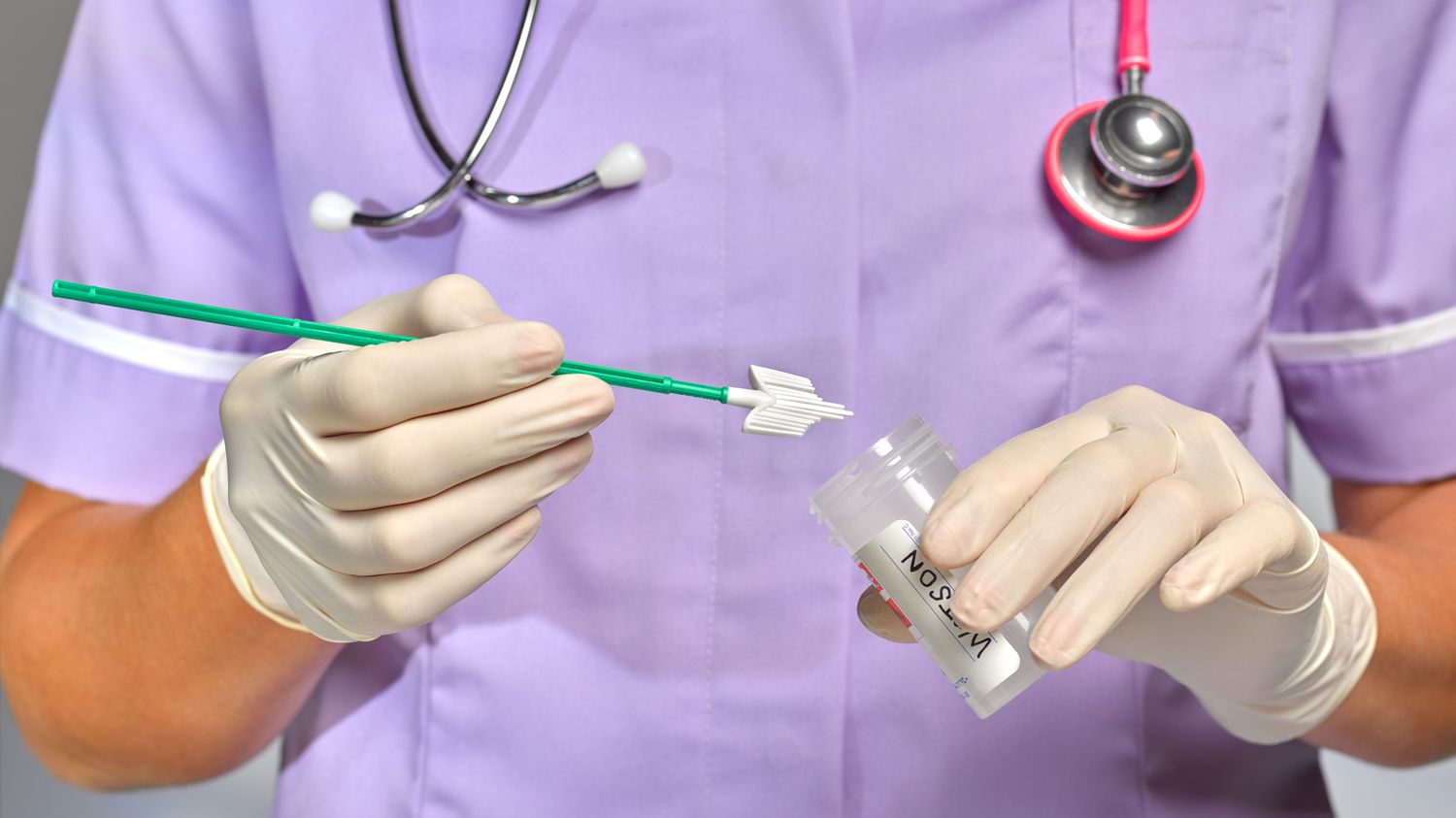Cancer of the cervix, with an innovative screening method: vaginal self-sampling. The details of Martin Ducret.
Martin Ducret, doctor and journalist at Doctor’s Daily, we today is talking about cervical cancer screening, especially vaginal self-sampling.
franceinfo: Already, what is cancer of the cervix, and how is it detected?
It is a cancer that develops on the part that connects the vagina to the body of the uterus, the cervix. It is secondary to a sexually transmitted infection, due to a virus, the human papillomavirus or HPV. This infection is very common and usually heals spontaneously, but in 10% of cases, the virus persists, and precancerous lesions may develop in the cervix.
Hence the need to screen for these lesions by taking a sample from the cervix every 3 to 5 years in women aged 25 to 65. It is a painless removal of cells from the cervix with a small brush, carried out by a healthcare professional. The problem currently is that 40% of French women do not get tested, for lack of access to care or simply for fear of going to a doctor.
Hence the idea of a vaginal self-sampling in search of HPV! Moreover, a recent American study shows an improvement in screening thanks to this self-sampling?
Yes, in this study, more than 400 women received a self-sampling kit at home. A solution that has almost doubled the rate of participation in screening, particularly among patients who had difficult access to care. “The results of this study support the benefits of vaginal HPV self-sampling for screening for cervical cancer,” says Professor Geoffroy Canlorbe, gynecologist at Pitié Salpêtrière in Paris, and general secretary of the French Society of Colposcopy and Cervicovaginal Pathology (SFCPCV). “Moreover, the Netherlands and Sweden did not wait for the conclusions of this study. Self-debiting has already been carried out there for a few years.”
And in France ?
Self-sampling was validated a year ago by the National Cancer Institute (Inca) and the High Authority for Health (HAS). Currently, for logistical reasons, there is not yet a mass self-screening campaign, with a kit sent to homes, as for colon cancer. But patients can for a few months recover a self-sampling kit, in a laboratory, and it is reimbursed by social security.
I remember all the same that the ideal is to go and consult a doctor, to be screened from the age of 25. And especially that vaccination against HPV, from the age of 11 for girls and boys, remains the best tool to protect against cancer of the cervix.
Bibliography
Newspaper article The Lancet on self-screening to fight cervical cancer.
